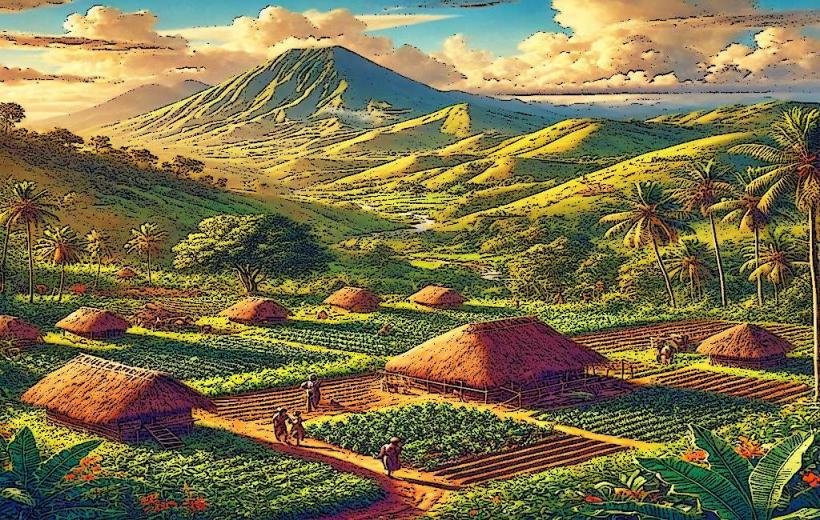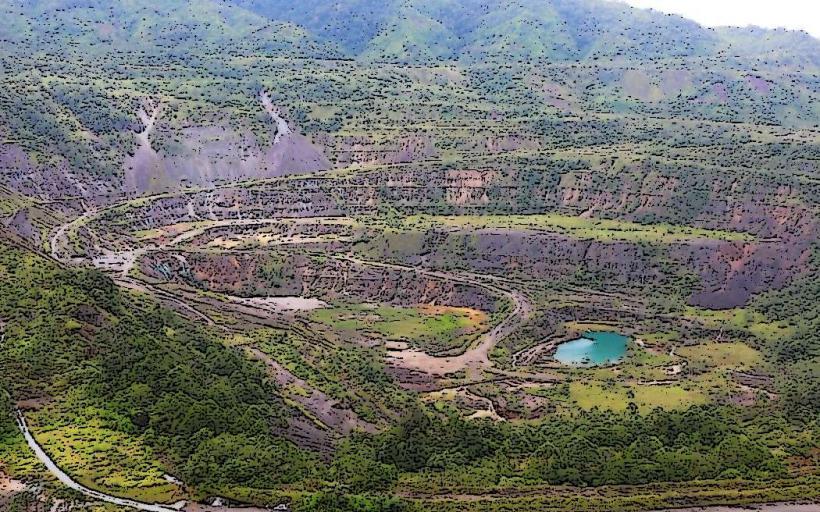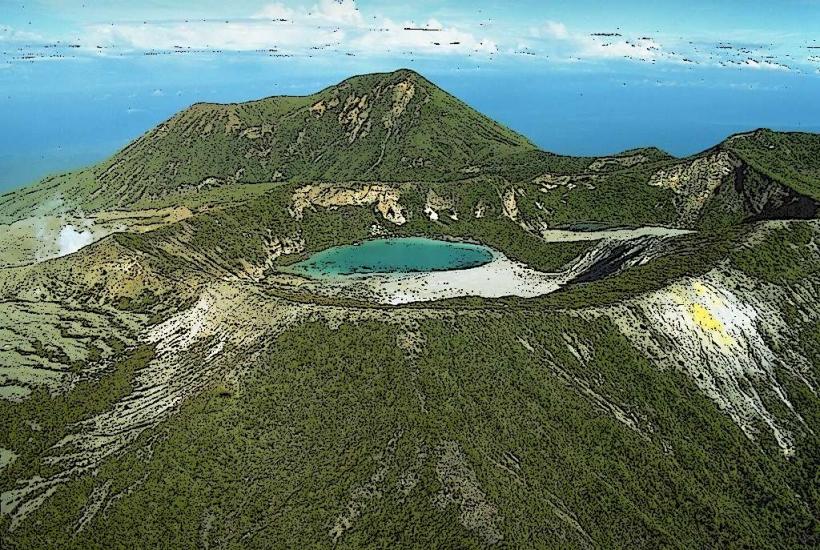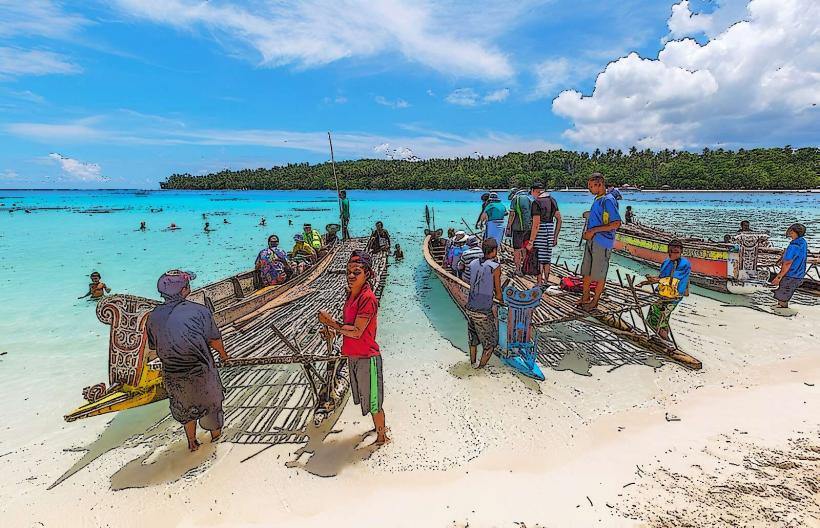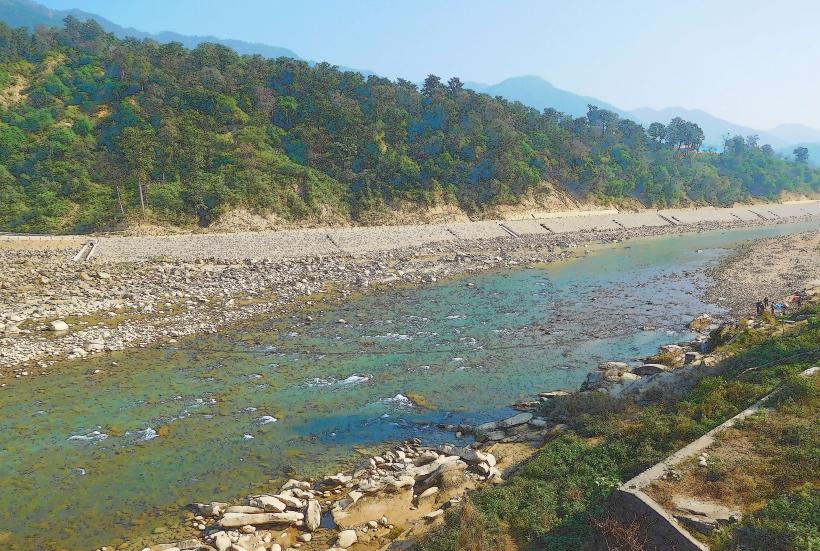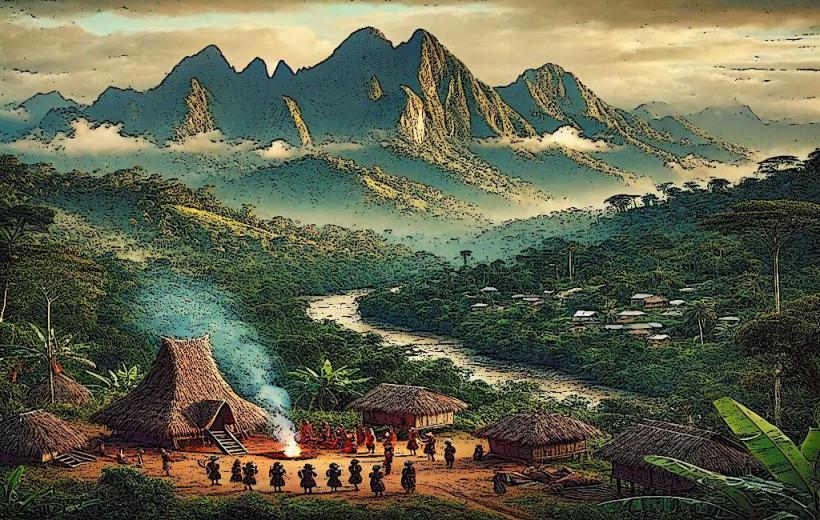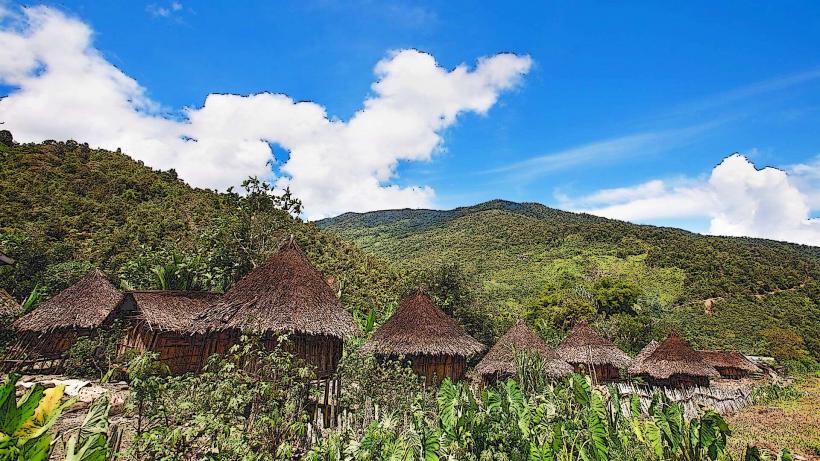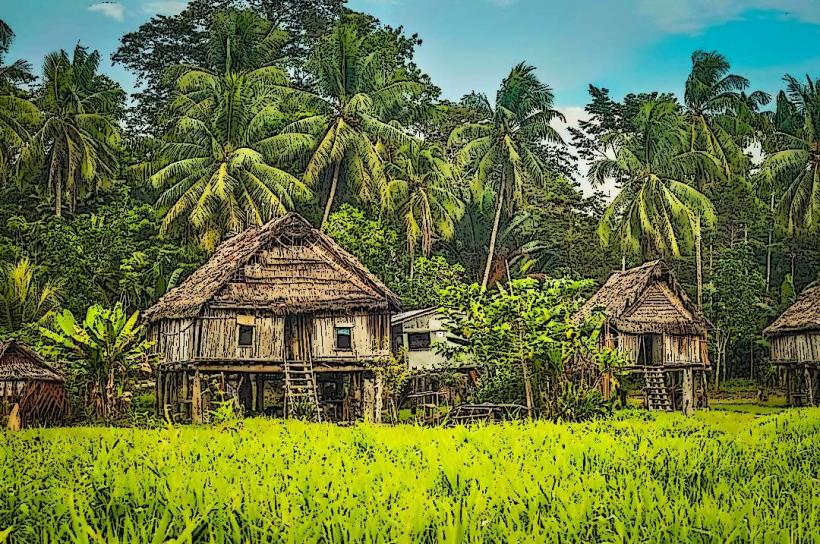Information
Landmark: TomaCity: East New Britain
Country: Papua New Guinea
Continent: Australia
Toma is a small town located on the Gazelle Peninsula in East New Britain Province, Papua New Guinea. While relatively modest in size, Toma holds cultural, administrative, and historical significance in the region. It serves as an important connection point between the surrounding rural areas and the provincial centers of Kokopo and Rabaul.
Geography and Environment
Toma is situated inland, nestled in a region of rolling hills and fertile plains. The area benefits from the volcanic soil of the nearby Rabaul Caldera, making it ideal for agriculture. The climate is tropical, with abundant rainfall supporting lush vegetation.
The landscape around Toma features a mix of small-scale farming, forested areas, and traditional villages. Its proximity to active volcanic zones, such as Tavurvur and Vulcan, gives the region a dramatic backdrop and a reminder of its geological dynamism.
Cultural Significance
Toma is deeply rooted in the traditions and culture of the Tolai people, the indigenous inhabitants of the Gazelle Peninsula. The Tolai are known for their vibrant customs, including:
Tubuan Society:
Toma is a center for Tolai cultural practices, particularly the secretive and sacred Tubuan Society. This group governs many aspects of Tolai traditional life, including ceremonies, conflict resolution, and initiation rites.
Shell Money (Tabu):
The Tolai people use a traditional currency called Tabu, made from strings of shell money. Toma plays a role in the production and exchange of this currency, which is still used for trade, bride price payments, and ceremonial purposes.
Traditional Festivals:
The region hosts cultural events that showcase Tolai dance, music, and art, often tied to the Tubuan Society's ceremonies.
Key Features and Attractions
Toma Circuit House:
Toma serves as an administrative hub and has government facilities, including a circuit house, which is a legacy of colonial governance. This site symbolizes the town's historical role in administration during the German and Australian colonial periods.
Local Markets:
Toma’s markets offer a glimpse into daily life, with fresh produce, handmade crafts, and traditional goods sold by local farmers and artisans.
Volcanic Hinterland:
The town’s location provides access to scenic drives and hikes into the surrounding hills, offering views of volcanic landscapes and lush forests.
Historical Significance
Toma holds historical importance as a former administrative center during colonial times:
German New Guinea Era (1884–1914):
Toma was part of the German protectorate, and its fertile lands were used for copra plantations. German influence is still visible in some architectural remnants and cultural exchanges.
Australian Mandate (1914–1942):
After World War I, Australia took over administration, and Toma continued to play a role in regional governance.
Economy and Livelihood
The economy of Toma is primarily driven by:
- Agriculture: The fertile volcanic soil supports crops like cocoa, coconuts, and root vegetables. Cocoa production is particularly significant, contributing to the province’s export economy.
- Local Trade: Markets in Toma serve as hubs for trade between rural farmers and urban centers like Kokopo.
Nearby Attractions
- Rabaul Volcano National Park: Located to the north, the park offers volcanic landscapes, active craters, and historical sites.
- Kokopo: As the current provincial capital, Kokopo is just a short drive away and offers modern amenities, museums, and cultural centers.
- Duke of York Islands: These nearby islands are known for their pristine beaches and opportunities for snorkeling, diving, and cultural experiences.
Accessibility
Toma is easily accessible from Kokopo and Rabaul by road. Public transportation in the form of minibusses is commonly used, though hiring a private vehicle or guide is more convenient for exploring the area.
Why Visit?
Toma is a blend of cultural richness, historical depth, and natural beauty. Visitors interested in learning about the traditions of the Tolai people, exploring the lush landscapes of East New Britain, or delving into the region’s colonial and volcanic history will find Toma to be a fascinating destination.

